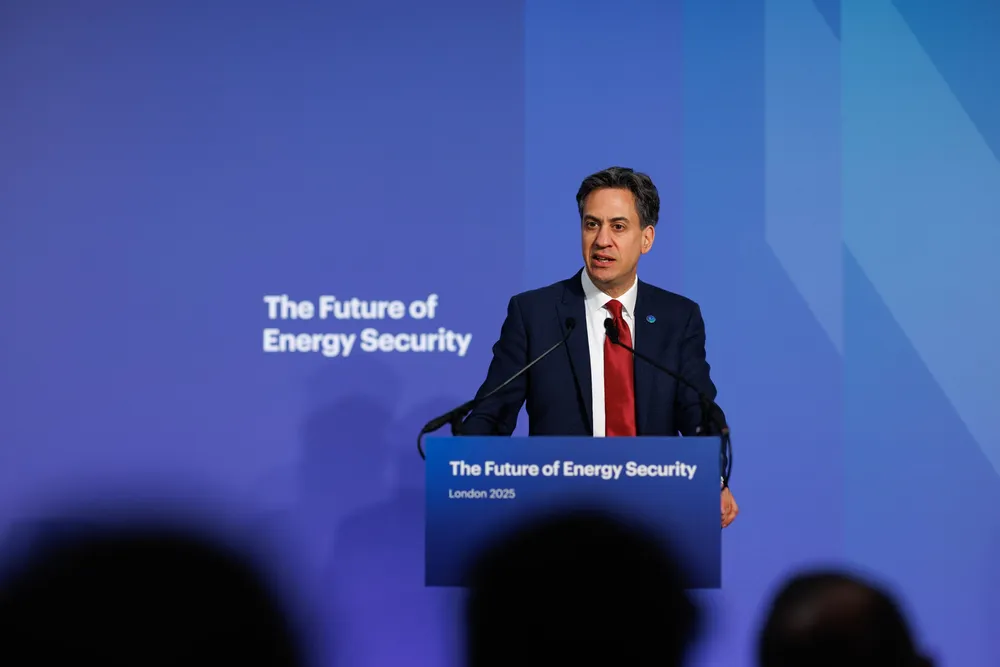UK greenlights radical and controversial renewables auction reforms
Government plans to allow fixed bottom offshore wind farm projects without full planning consent to bid in auction rounds – a move developers warned risked doing more harm than good to 2030 clean power goals

The UK government is moving ahead with radical and controversial reforms to its Contracts for Difference renewable energy auctions, including by allowing offshore wind projects without full planning consent to enter.
The government today announced the outcome of a consultation that it had run earlier this year on a raft of proposals to try and turbo-charge its signature annual auction rounds to secure the wind and solar capacity needed to meet its 2030 clean power targets.
But the government today said that it “intends to implement its proposal to relax eligibility requirements to allow fixed-bottom offshore wind projects to apply for a CfD while awaiting full planning consent.”
“The government has decided to adopt an amended eligibility threshold, so that 12 months must have passed between the project reaching the relevant planning stage and the CfD application deadline.”
For projects in England and Wales, the relevent planning stage is the Planning Inspectorate accepting a project's DCO application. In Scotland, it is when they have applied to the Scottish Ministers for any required section 36 consent and marine licences, and public consultation commenced.
The amount of available capacity will now dramatically increase with the unconsented projects that could bid in.
Another key change, one that will be far less controversial with developers, is the government saying it intends to increase the length of new CfD contracts from 15 to 20 years for all types of wind and solar technologies.
The government said it will also change the information that energy secretary Ed Miliband uses to inform the final budget he sets for auction rounds, which determines how much new wind and solar capacity he can procure.
“For fixed-bottom offshore wind, the budget will be published before the sealed bid window; only bid information on projects that breach the budget level will be viewed by Secretary of State; and a budget increase will only be considered if there is a benefit to consumers.”
Floating projects
The government said it will also set appropriate budget and auction parameters to facilitate its intention to support multiple test and demonstration floating offshore wind projects in AR7.
Other changes the government said it intends to introduce include allowing repowered onshore wind projects to access CfD support; and a temporary restriction on CfD capacity surrendered from previous allocation rounds being entered into AR7, something it had allowed in last year’s round.
It will also extend ‘phasing,’ allowing large projects to bid for only part of their total capacity in rounds, to floating projects.
The government said it received 119 responses to its consultation this year from a mixture of companies active in the energy sector, including developers, generators and suppliers, along with trade associations, bodies and others.
Miliband will hope that the changes can help the government reach its ambitious targets of deploying 43-50GW of offshore wind capacity by 2030, up from nearer 16GW today. It is also hoping to deploy between 27-29GW of onshore wind, almost double its current capacity, and 45-47GW of solar power
This is geared towards the government’s broader goal of almost eradicating fossil fuels from the grid by the end of the decade.